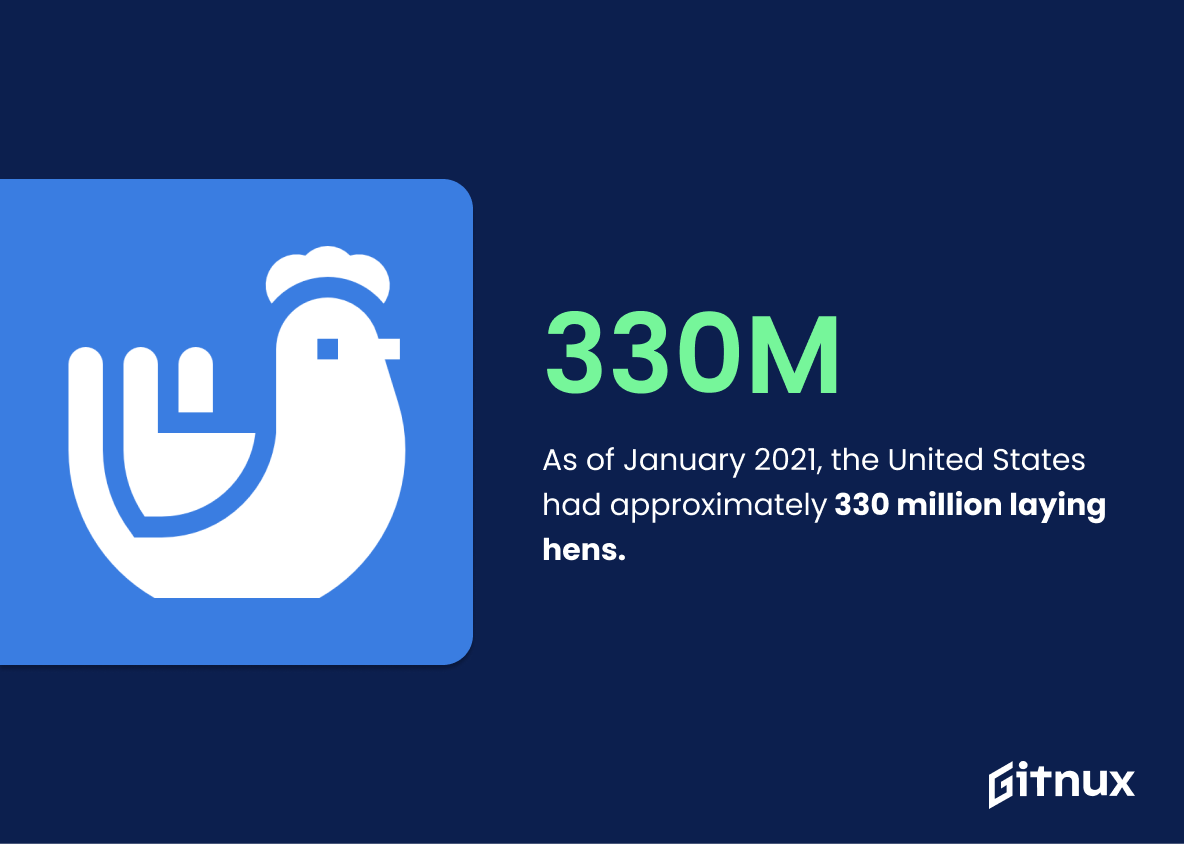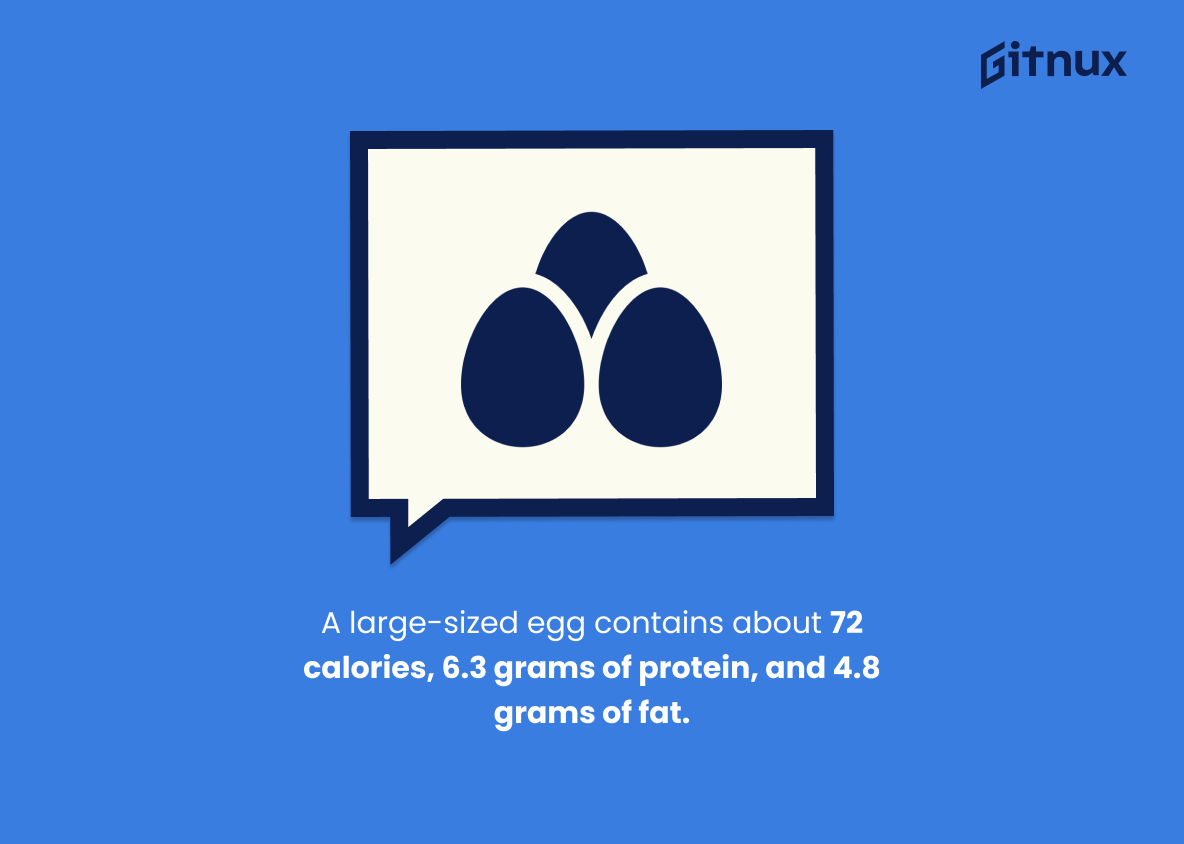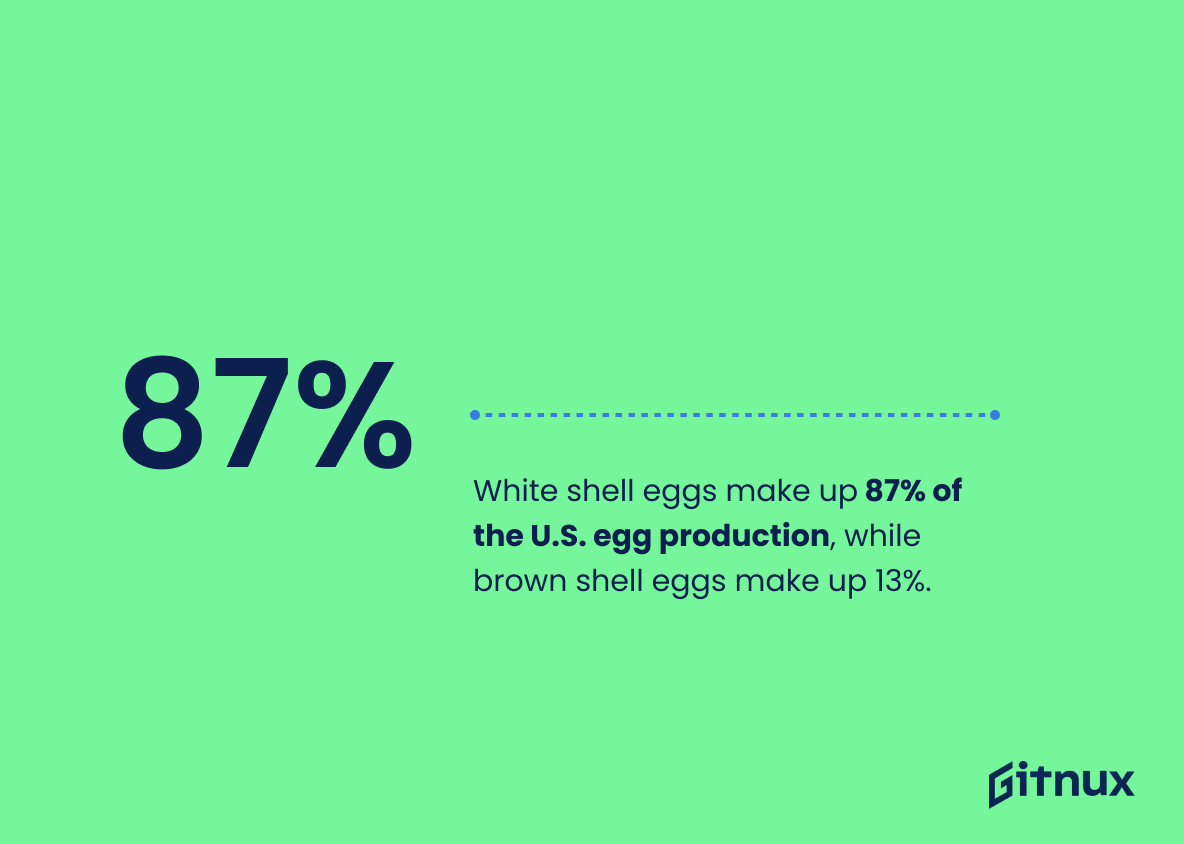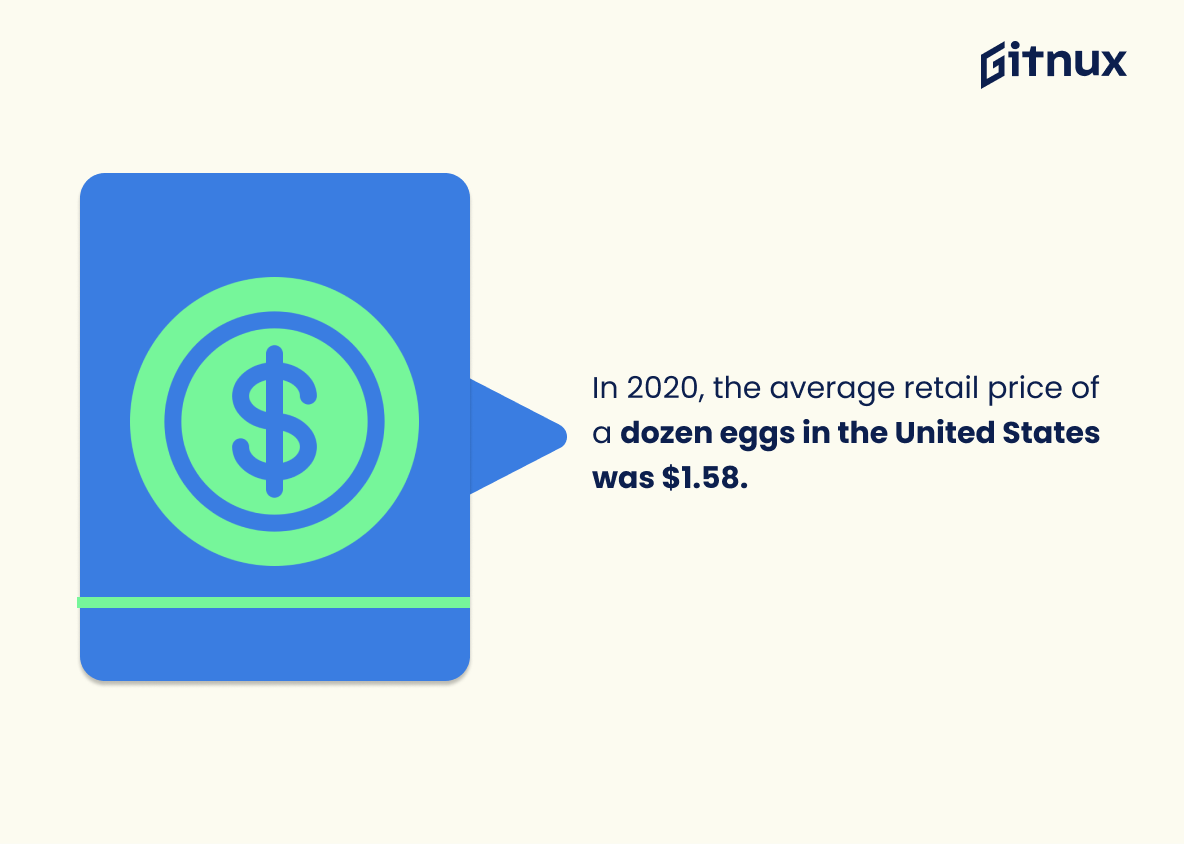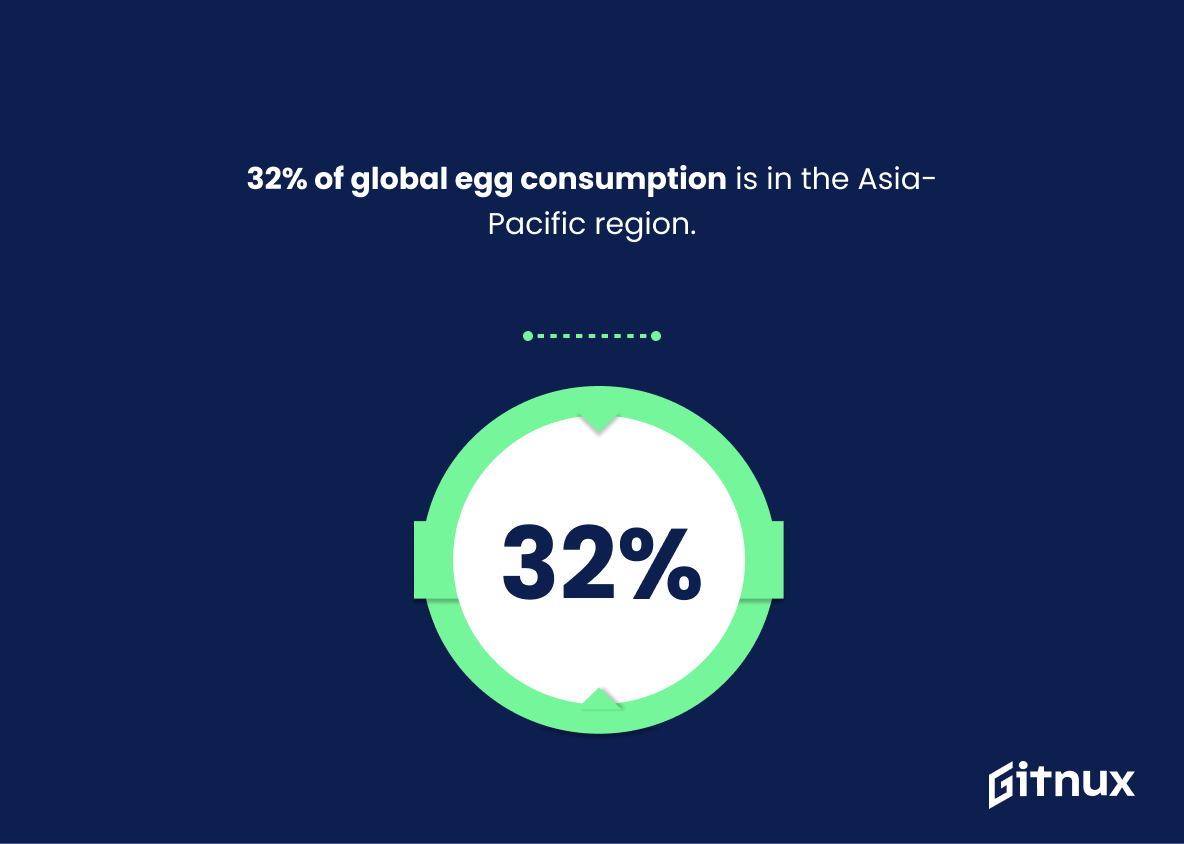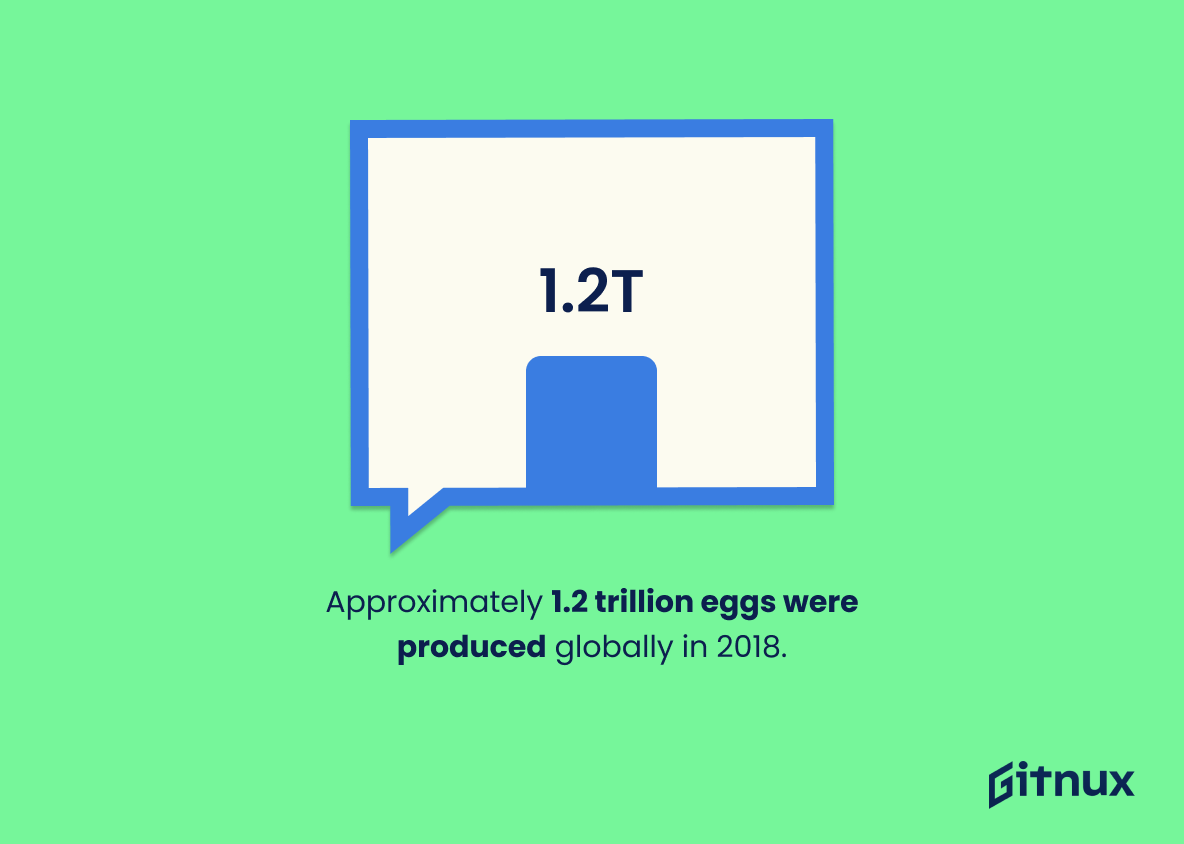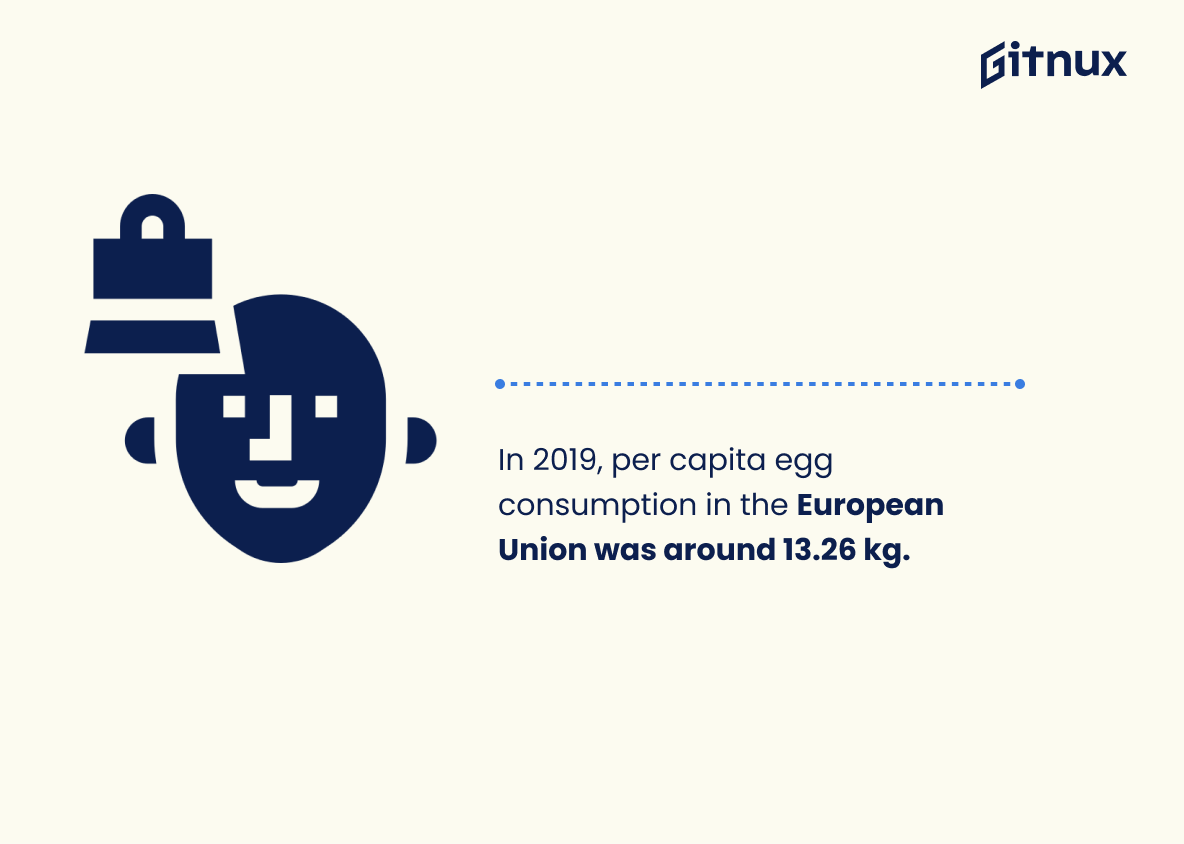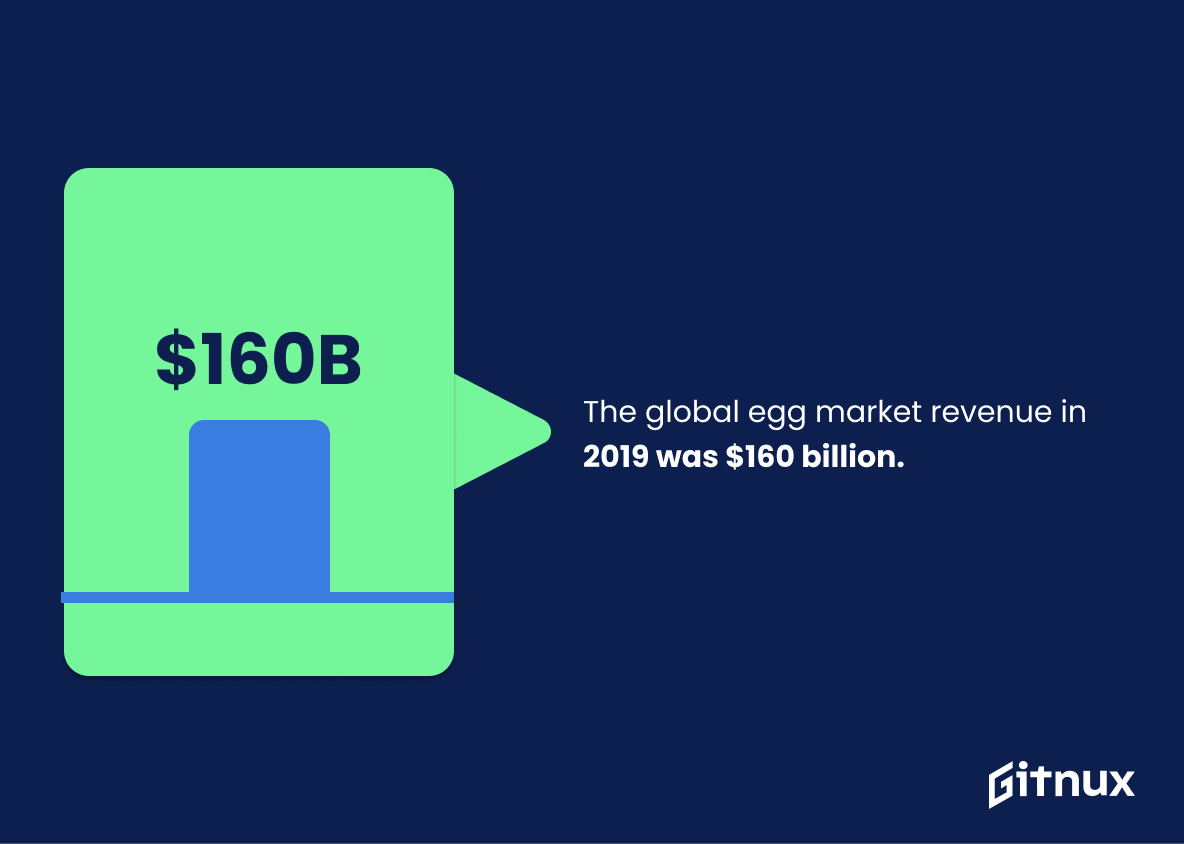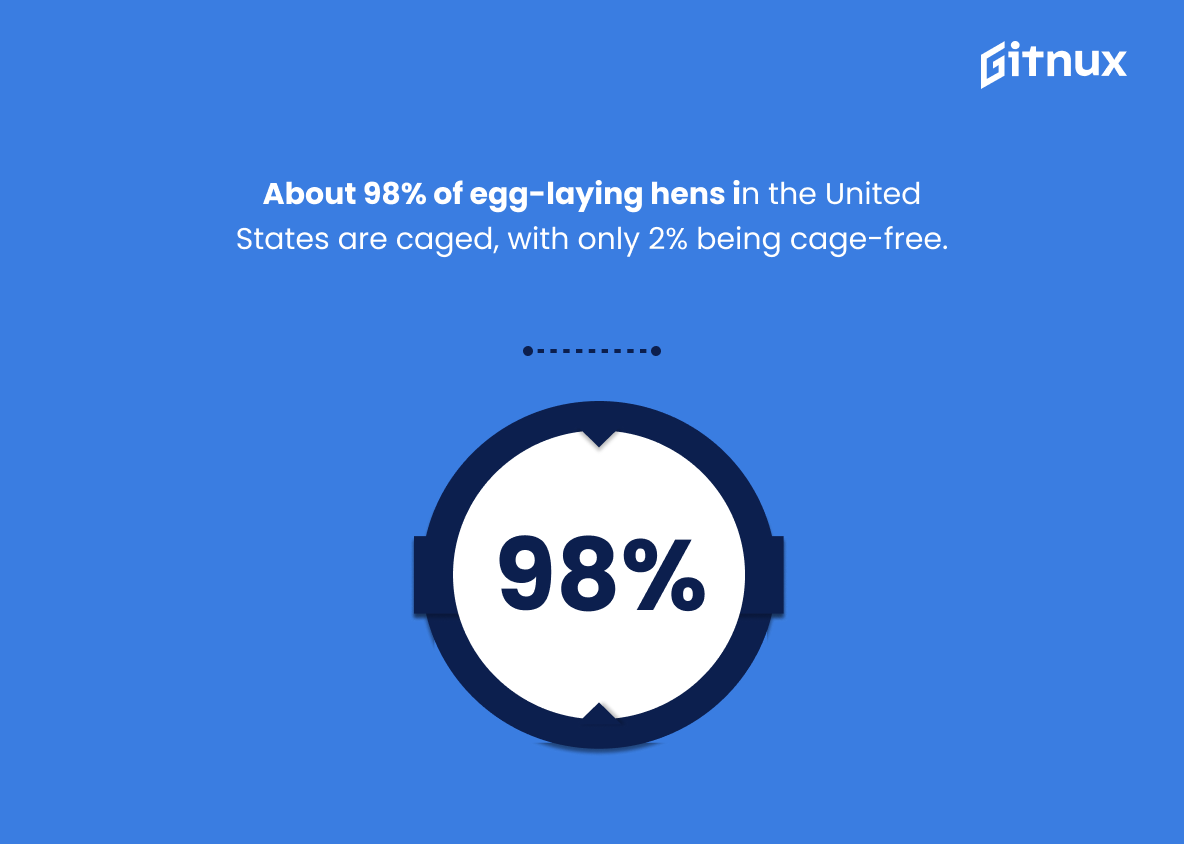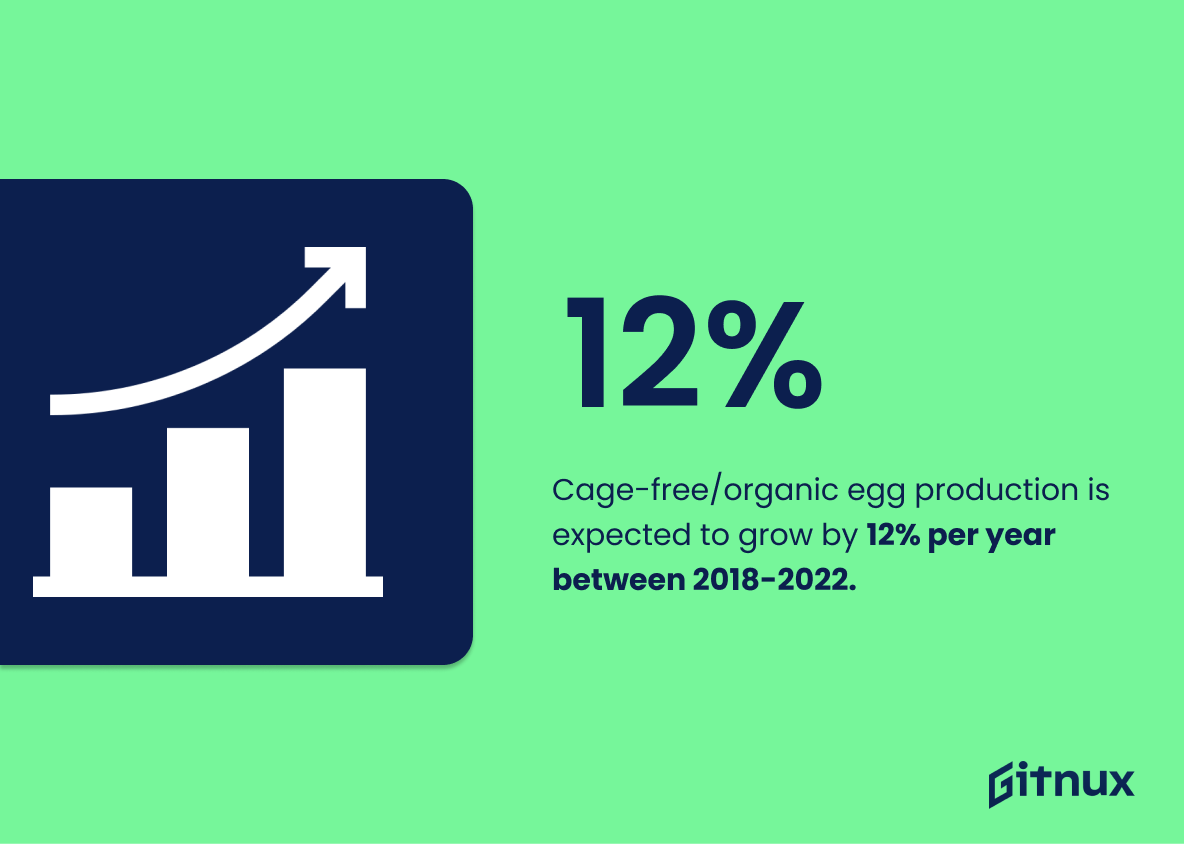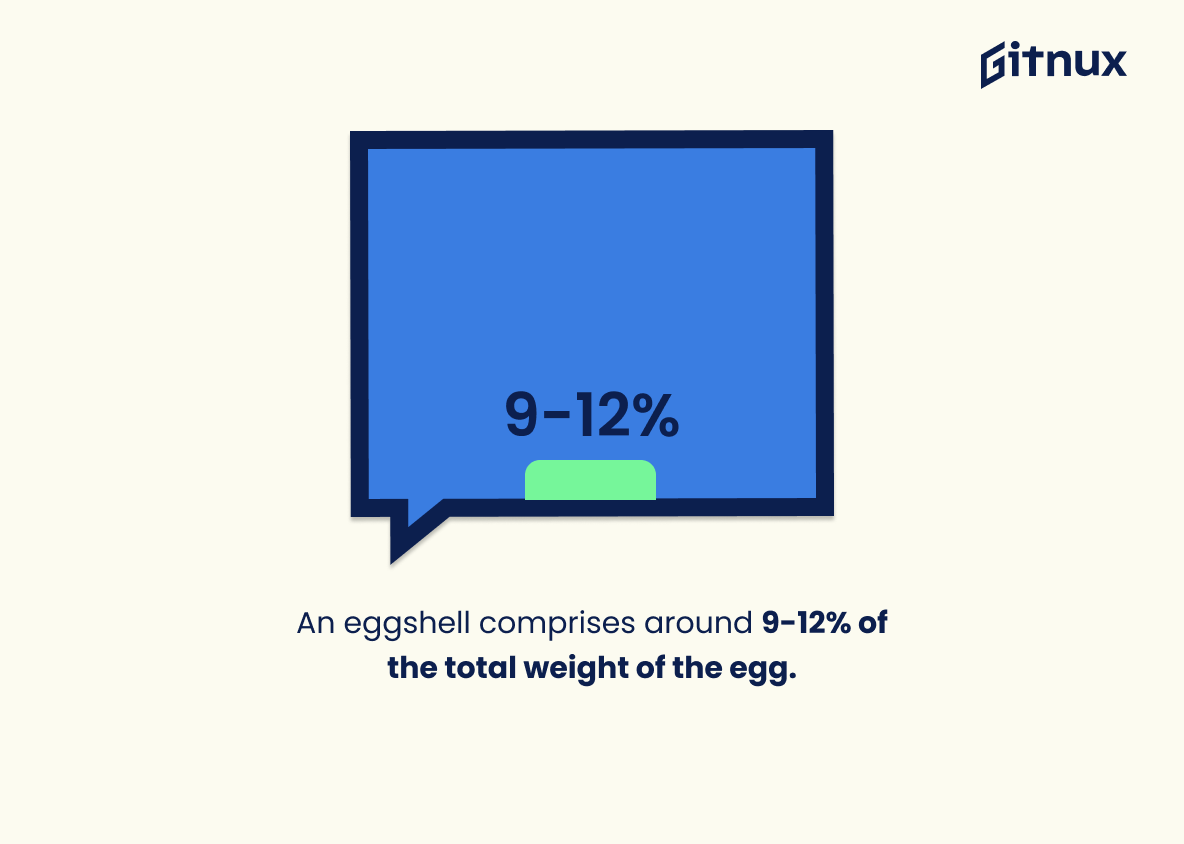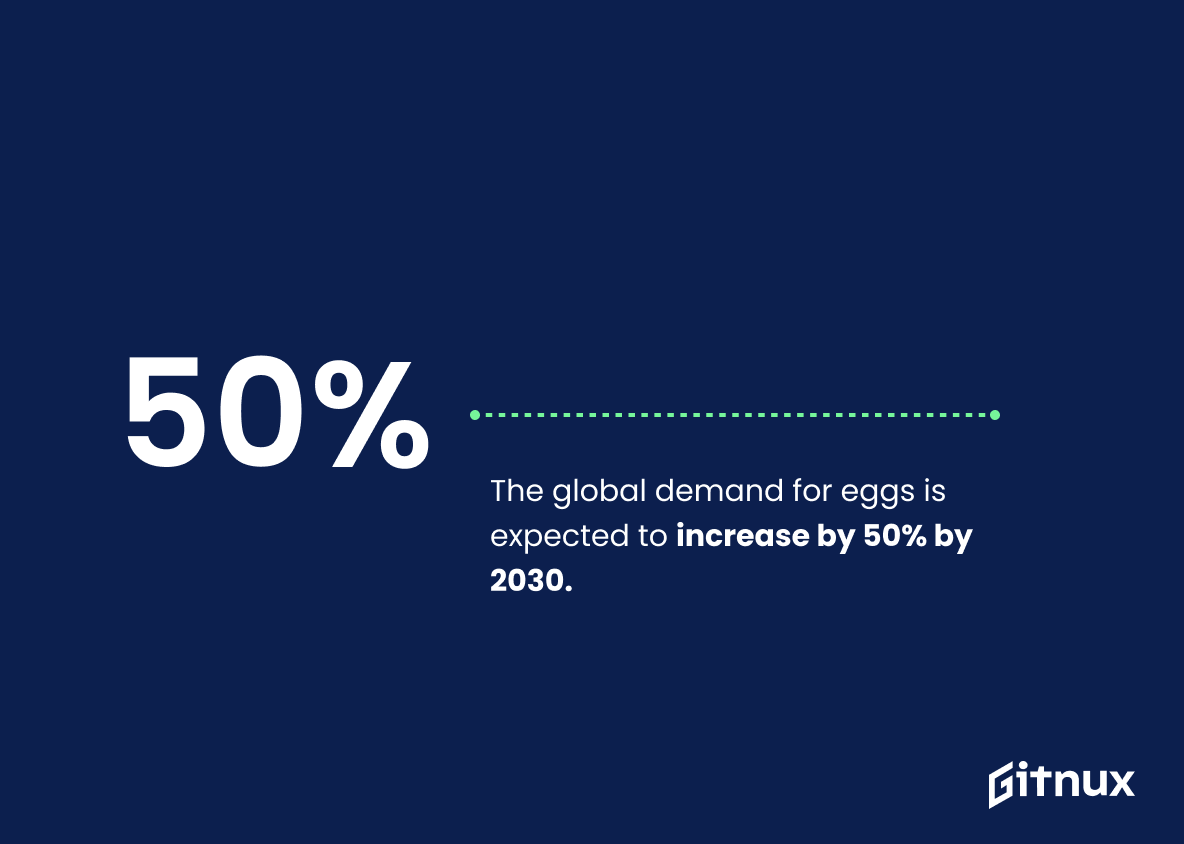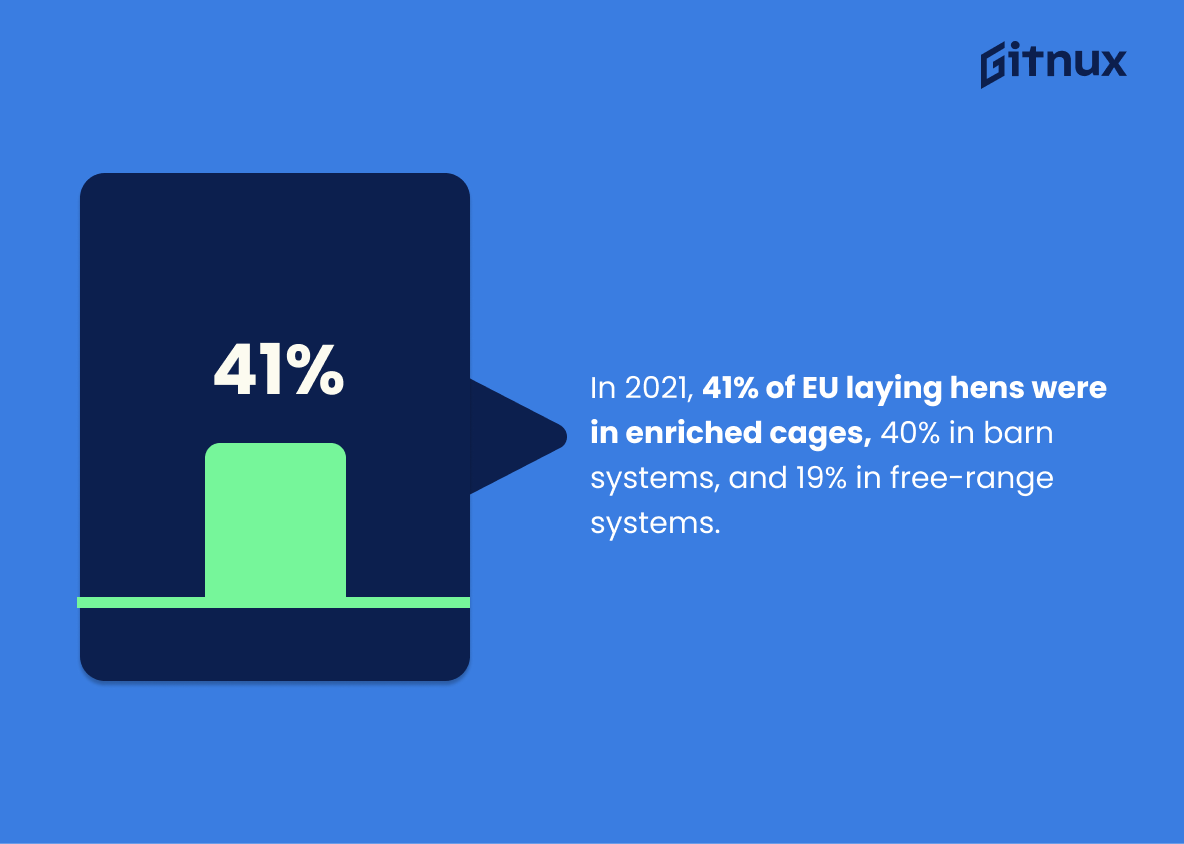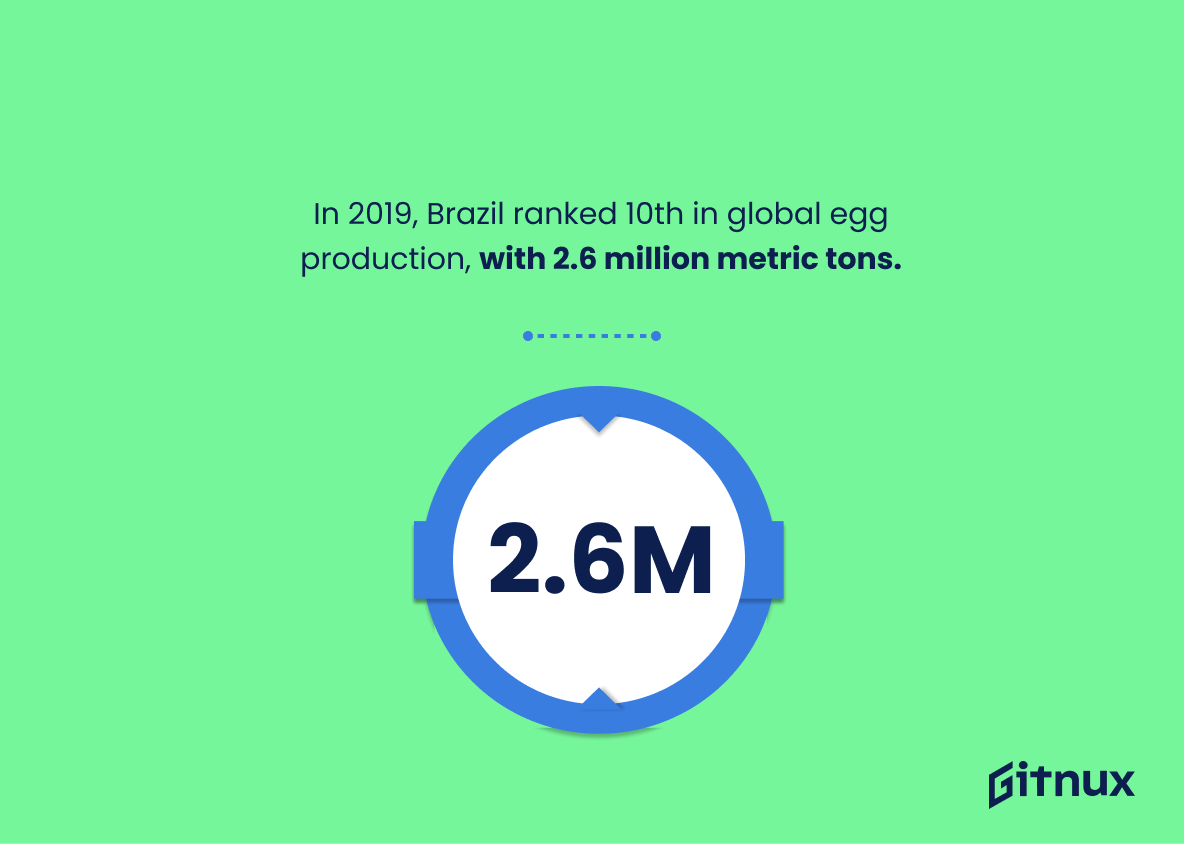Eggs are a staple food in many cultures around the world, and their production has been steadily increasing over the years. According to Statista, global egg production was estimated at 80 million metric tons in 2019. China is currently leading the way as far as egg production goes with 35.8% of total worldwide output that year. The United States had approximately 330 million laying hens in January 2021 and Americans consume an average of 291 eggs per person each year on average according to American Egg Board data from 2020.
Nutritionally speaking, one large-sized egg contains 72 calories, 6.3 grams of protein and 4.8 grams of fat while white shell eggs make up 87% percent of U.S.-produced eggs compared to 13% for brown shells according to USDA figures from 2020; this same report also states that retail prices for a dozen eggs averaged $1.58 across America last year too. Additionally, 32% of global consumption takes place within Asia Pacific region while 1 trillion units were produced globally back 2018 – which is expected grow by 12%, reaching 1 point 8 trillion units by 2025. Furthermore European Union citizens consumed about 13 kg per capita during 2019 whereas India exported 708 thousand metric tons worth throughout 2020 alone – not forgetting that 98 % US-based chickens are caged with only 2 % being cage free . Finally ,the Global market revenue reached 160 billion dollars back 2019 & it’s predicted demand will increase 50 % come 2030 .
Egg Statistics Overview
As of January 2021, the United States had approximately 330 million laying hens.
This statistic is a telling indication of the sheer scale of the egg industry in the United States. With 330 million laying hens, it is clear that eggs are a major part of the American diet and economy. This statistic is a powerful reminder of the importance of eggs in the United States and the impact they have on the lives of millions of people.
A large-sized egg contains about 72 calories, 6.3 grams of protein, and 4.8 grams of fat.
This statistic is an important piece of information for anyone looking to learn more about the nutritional value of eggs. It provides a comprehensive overview of the calories, protein, and fat content of a large-sized egg, giving readers a better understanding of the dietary benefits of eggs.
White shell eggs make up 87% of the U.S. egg production, while brown shell eggs make up 13%.
This statistic is significant in the context of egg statistics because it provides insight into the production of eggs in the United States. It reveals that the majority of eggs produced in the US are white shell eggs, while brown shell eggs make up a much smaller portion. This information can be used to inform decisions about egg production and consumption, as well as to understand the egg industry in the US.
In 2020, the average retail price of a dozen eggs in the United States was $1.58.
This statistic is a telling indication of the current state of egg prices in the United States. It provides a snapshot of the average cost of a dozen eggs, giving readers an idea of how much they can expect to pay for a dozen eggs in the current market. This information is invaluable for anyone looking to make informed decisions about their egg purchases.
32% of global egg consumption is in the Asia-Pacific region.
This statistic is a telling indication of the importance of eggs in the Asia-Pacific region. It highlights the fact that eggs are a major source of nutrition and sustenance in the region, and that they are a staple food for many people. This statistic is a powerful reminder of the importance of eggs in the region and the need to ensure that they are sustainably sourced and produced.
The global egg market is expected to reach 1.8 trillion units by 2025.
This statistic is a testament to the immense potential of the egg market, indicating that it is a lucrative industry with a bright future. It is a valuable piece of information for anyone interested in the egg industry, as it provides insight into the growth of the market and the opportunities it presents. This statistic is especially pertinent to a blog post about egg statistics, as it provides a glimpse into the future of the egg market and the potential it holds.
Approximately 1.2 trillion eggs were produced globally in 2018.
This statistic is a testament to the sheer magnitude of egg production worldwide. It serves as a reminder of the immense impact that eggs have on the global food system, and the importance of understanding the production and consumption of eggs. It also highlights the need to ensure that egg production is done in a sustainable and ethical manner.
In 2019, per capita egg consumption in the European Union was around 13.26 kg.
This statistic is a telling indication of the popularity of eggs in the European Union. It demonstrates that eggs are a widely consumed food item, with each person in the EU consuming an average of 13.26 kg of eggs in 2019. This statistic is important to consider when discussing egg consumption trends in the EU, as it provides a snapshot of the current state of egg consumption in the region.
The global egg market revenue in 2019 was $160 billion.
This statistic is a testament to the immense size and scope of the egg market. It highlights the fact that eggs are a major commodity in the global economy, with a revenue of $160 billion in 2019 alone. This figure is indicative of the immense demand for eggs, and the potential for growth in the industry. It is an important statistic to consider when discussing egg statistics, as it provides a valuable insight into the size and scope of the egg market.
About 98% of egg-laying hens in the United States are caged, with only 2% being cage-free.
This statistic is a stark reminder of the reality of egg production in the United States: the vast majority of egg-laying hens are confined to cages, with only a small fraction being cage-free. This means that the majority of eggs consumed in the US come from hens that are unable to move freely and engage in natural behaviors. This has implications for animal welfare, as well as for the quality and safety of the eggs produced.
Cage-free/organic egg production is expected to grow by 12% per year between 2018-2022.
This statistic is indicative of a larger trend towards more sustainable egg production, which is an important issue for consumers and producers alike. As cage-free/organic egg production grows, it signals a shift away from traditional egg production methods that are often seen as inhumane and environmentally damaging. This statistic is a sign of progress towards a more sustainable egg industry, and is an important factor to consider when discussing egg statistics.
An eggshell comprises around 9-12% of the total weight of the egg.
This statistic is an important piece of information when it comes to egg statistics, as it provides insight into the composition of an egg. Knowing the percentage of an eggshell in relation to the total weight of the egg can help to understand the nutritional value of the egg, as well as the amount of energy it can provide. Additionally, this statistic can be used to compare the weight of an eggshell to other parts of the egg, such as the yolk and the white.
The global demand for eggs is expected to increase by 50% by 2030.
This statistic is a clear indication that the egg industry is on the rise. With a projected 50% increase in global demand for eggs by 2030, it is clear that the egg industry is a lucrative and growing market. This is great news for egg producers, retailers, and consumers alike, as it means more eggs will be available at lower prices. Furthermore, this statistic is a testament to the importance of eggs in the global food system, as it shows that eggs are a highly sought-after commodity.
As of 2021, approximately 41% of the EU’s laying hens are kept in enriched cages, 40% in barn systems, and 19% in free-range systems.
This statistic is a telling indication of the current state of egg production in the EU. It reveals that the majority of laying hens are kept in either enriched cages or barn systems, with only a small fraction of them being kept in free-range systems. This highlights the need for more humane and sustainable egg production practices in the EU, as well as the importance of consumer education and awareness when it comes to making ethical food choices.
In 2019, Brazil was the 10th largest egg producer in the world, with 2.6 million metric tons of egg production.
This statistic is a testament to the impressive egg production capabilities of Brazil. It highlights the country’s ability to produce a large quantity of eggs, making it a major player in the global egg market. This information is important to consider when discussing egg production around the world, as it provides insight into the size and scope of the industry.
Conclusion
The global egg industry is a thriving and ever-growing market. In 2019, the world produced around 80 million metric tons of eggs, with China leading as the largest producer at 35.8%. The United States had approximately 330 million laying hens in 2021 and Americans consume an average of 291.6 eggs per year. An egg contains 72 calories on average, 6.3 grams of protein, 4.8 grams of fat and 87% are white shell while 13% are brown shell eggs in U.S production alone; retailing for $1.58 per dozen on average in 2020 across America’s markets . Globally 32% consumption comes from Asia Pacific region where 1 trillion units were produced in 2018 which is expected to reach 1 point 8 trillion by 2025 according to estimates made by poultryworld net . Europe has highest per capita consumption rate at 13 kgs/person annually whereas India exported 708 thousand metric tonnes last year making it 10th biggest exporter globally 41 % EU’s laying hens kept under enriched cages , 40 % barn systems & 19 % free range system respectively ; Brazil being 11th largest producer with 2 point 6 mn MT production same year . Cage free / organic egg production estimated to grow 12 percent yearly between 2018 – 2022 thus indicating potential growth opportunities ahead for this sector worldwide
References
0. – https://www.efsa.europa.eu
1. – https://www.factmr.com
2. – https://www.aspca.org
3. – https://www.statista.com
4. – https://www.nutritionix.com
5. – https://www.gffa-berlin.de
6. – https://www.noble.org
7. – https://www.poultryworld.net
8. – https://www.reportlinker.com
9. – https://www.ams.usda.gov
10. – https://www.ers.usda.gov
